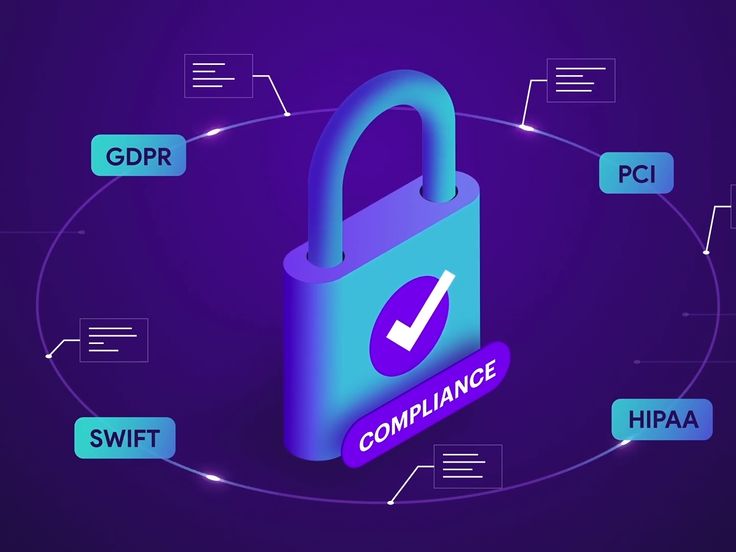
Introduction
Data privacy is a critical concern in today’s digital world, especially as consumers demand better protections for their personal information. Major data protection laws like GDPR, CCPA, and HIPAA set stringent requirements for businesses. Understanding these standards is crucial to avoid costly penalties and maintain customer trust.
Overview of Key Compliance Standards
- GDPR (General Data Protection Regulation)
- Enacted by the EU, GDPR mandates that companies handling European citizens’ data protect that data with high standards. Key components include requiring consent for data collection, implementing strict data access controls, and ensuring data portability. Non-compliance can lead to fines as high as 4% of a company’s global revenue.
- CCPA (California Consumer Privacy Act)
- Similar to GDPR but specific to California, CCPA grants California residents rights over their personal data, including the right to know what data is being collected and to request deletion. The law applies to businesses that meet certain criteria, such as earning over $25 million in annual revenue. Penalties for violations can reach $7,500 per intentional violation.
- HIPAA (Health Insurance Portability and Accountability Act)
- HIPAA regulates how healthcare organizations handle personal health information (PHI). It mandates security measures like encryption, audit trails, and strict access controls. Failing to comply with HIPAA can lead to substantial penalties and, in severe cases, criminal charges.
Consequences of Non-Compliance
Failure to meet compliance standards can lead to hefty fines, legal challenges, and damage to a company’s reputation. For example, GDPR violations have resulted in fines for major tech companies, and CCPA violations have led to high-profile lawsuits in California.
Compliance Steps for Small and Large Businesses
To stay compliant, businesses should:
- Conduct regular audits to ensure adherence to data protection laws.
- Implement access controls, encryption, and anonymization to secure data.
- Maintain documentation of data practices and obtain explicit consent where needed.
